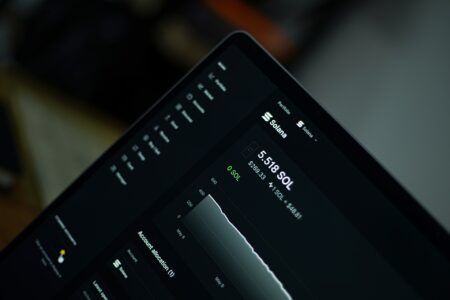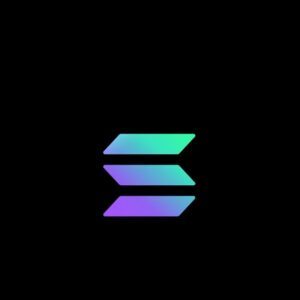Dfinity, a non-profit blockchain-focused foundation with registered offices in Zug, Switzerland and Palo Alto, California, is reportedly preparing to launch what it refers to as the “Internet Computer.” As described by Dfinity’s official website, its blockchain-based supercomputer will be “designed to host the next generation of software and services” called Cloud 3.0.
Dfinity Foundation, the organization managing the development of this decentralized supercomputer, recently announced that it has raised $102 million through a privately held token sale led by venture capital firm Andreessen Horowitz. In addition to receiving funding from the Silicon Valley company’s a16z crypto fund, Dfinity’s Cloud 3.0 project received investments from Polychain Capital, the world’s first $1 billion crypto fund.
Over $190 Million Raised
In total, Dfinity’s blockchain-based supercomputer project has raised over $190 million, after the company was established in 2015. Other notable investors in the Switzerland-based blockchain startup’s ambitious project include certain members from the DFINITY community, Scalar Capital, and Aspect Ventures, an early stage American VC firm.
Dfinity’s distributed ledger-based (DLT) project intends to address the scalability problem that plagues most existing blockchain networks such as Bitcoin and Ethereum. While other (newer) platforms, such as EOS, have attempted to address the challenges faced by older blockchain-powered networks, critics argue that it has led to centralization.
Addressing Scalability Problems
At present, it’s not yet clear how Dfinity’s “Internet Computer” is being implemented, but its developers claim that its testnet has been able to settle transactions in less than 5 seconds. Considering that bitcoin (btc) transactions currently take up to an hour (or longer) to confirm, and transactions on Ethereum’s network take an average of 10 minutes to process, this would be a significant improvement in transaction settling times.
In May, DFINITY airdropped 35 million Swiss Francs ($36 million) in tokens to its community members, in order to help increase the adoption and usage of its platform. Choosing not to conduct a public sale through an initial coin offering (ICO), Dfinity’s supercomputer project has mostly been funded by privately held investment firms.
Cloud 3.0, the beta version of Dfinity’s public network, is expected to launch by the end of this year. Reportedly, the main focus of this new blockchain platform will be to allow developers to create and use a much more diverse set of application through its network.
“Public Infrastructure”, More Secure, Cost-Effective Development
Dominic Williams, the president and chief scientist of the Dfinity Foundation, has said that his organization’s “Internet Computer” will have “a public infrastructure” as it is completely open-source and also non-proprietary.
Williams explained that by allowing other developers to view and contribute to the project’s source code, it will not only be more cost-effective to maintain but also more secure as many more people can be involved in its ongoing development.
Notably, Dfinity’s developers claim that the R&D costs required for such a project will only be 10% of what it would have been, if the project had not allowed for collaboration from other developers in the large crypto community.
Commenting on the decentralized supercomputer project, Chris Dixon, a general partner at a16z crypto, remarked,
“We are excited to back DFINITY’s Internet Computer and their vision to host the world’s next generation of software and services on a public network. The Internet Computer is on track to become a critical piece of the future technology stack. This is groundbreaking and a real testament to Dominic and the incredible team at DFINITY.”
Not An Original Idea
The idea to build a powerful and decentralized computing network is no longer a new concept, as this was an idea that led to the launch of Ethereum network in July of 2015. In the years following the launch of the Ethereum blockchain, many other platforms such as NEO and EOS have entered the market.
Not all current blockchain-based networks however, have not yet been able to scale effectively, which has resulted in slow transaction processing times and high transaction fees. Moreover, whether or not Dfinity’s new “Internet Computer” will deliver on its promises remains to be seen.









